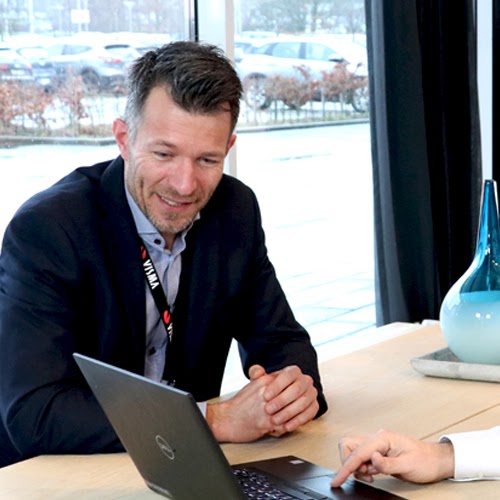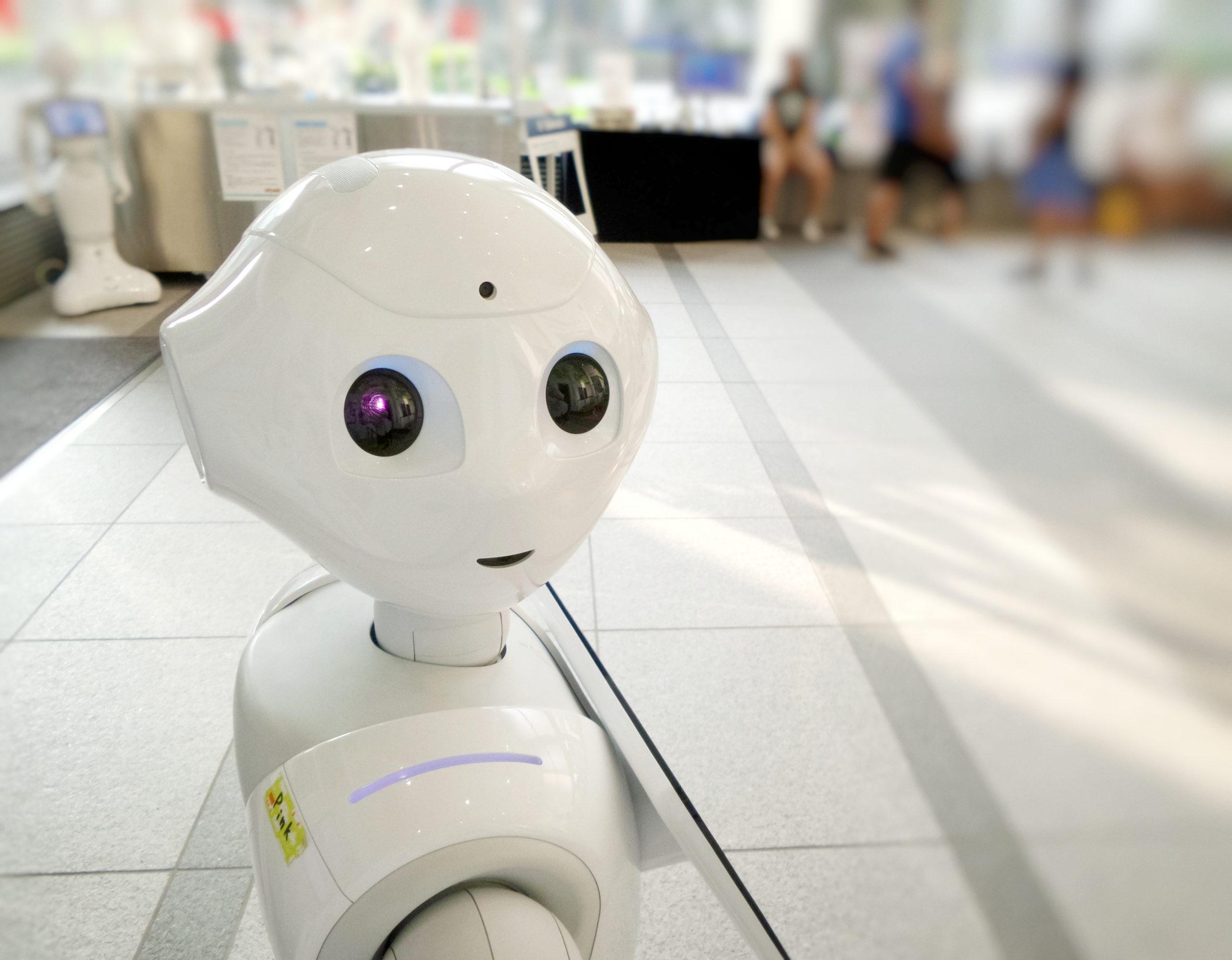This article was first published on our Danish blog in December 2019.
Robotics can seem a bit terrifying but it doesn’t have to be. In this article, we will break down the buzzword to a more understandable concept by relating it to the everyday of today’s organisations.
Anders Andersen and Steen Sønderby, HR-director and Product Development Director in Visma Enterprise A/S, will present two important perspectives on robotics: the understanding of technological opportunities and the understanding of the importance of technology to the organisation’s employees.
Let’s start by looking at what robotics is:
What do we mean by “robotics”?
“Robotics can be seen as something you can use to handle some of all the administrative and trivial tasks that are currently handled manually by employees,” says Andersen.
Within the IT-world, we have long worked to automate the business processes of organisations. This has been done for more than 50 years. And to create these automatisation processes, it is often required that we build IT-systems from the ground.
This is where robotics comes into the picture, as a way of supplementing IT solutions to existing solutions that help automate business processes, oftentimes trivial tasks with many uniform transactions.
You might ask yourself then, why we are only at the very beginning of the robotics area when we have been working with automatisation for the last 50 years. Sønderby explains that it has become more apparent during the last couple of years how much business value lies within automation.
This may be because many companies are getting more and more IT solutions and that it is now time to get them connected. Andersen points out that it may also be because the thought of robotics has required some maturation for people to accept.
“Robotics is also about automation – but it stands out because it is something that is built on top of existing solutions”, explains Sønderby.
Robots are fast, efficient and run around the clock – without the need for coffee breaks
Sønderby explains that organisations will be able to work faster, more cost-effective and more secure if a robot is tasked with administrative work:
“I think this is a trend that we will continue to move towards. There are so many administrative tasks in an organisation that one would like to be without – especially if they don’t have anything to do with the business’ core focus.”
Andersen adds:
“Yes, and robots don’t make mistakes, they can run around the clock and they don’t need vacation or coffee breaks. They just go.”

Anders Andersen, HR-director in Visma Enterprise.
Robotics is also an advantage for employees
In addition to the business benefits of robotics, Anders Andersen emphasises that the robots also bring benefits to the employees of the organisation:
“With the help of robotics, employees will be able to spend more time on tasks that require special skills and that provide greater satisfaction for employees to solve.”
And as HR director, Andersen can also see benefits in robotics for the HR role. “There are a lot of administrative tasks in HR, and we want to support our employees with counseling and through this contribute to moving the business forward in the right direction. This development, I think, can make our everyday life more enjoyable.”
He adds that not all tasks need to be automated. However, partial automation of the administrative work will, if nothing else, provide a more varied workday for the employees.
According to Andersen and Sønderby, the benefits of robotics are many – and when we ask them what the downsides of robotics are, the answers become much shorter:
“I have a hard time finding disadvantages of robotics,” says Sønderby and Andersen agrees.
Also read: Can a robot be sustainable?
The robots have come to stay – but do not worry
As humans, we often resist changes, and robotics may seem particularly daunting for many because of its complexity.
The word “robot” may well create associations with a wandering machine with legs and arms that makes mechanical beep sounds – a little like R2-D2 from Star Wars. But robotics is mostly “invisible” IT solutions, which will not be present at lunch.
Andersen explains that he has come across prejudices that the robots will come and take over our work altogether. “But that’s not necessarily the truth,” he says. “The point of robotics is to have robots handle trivial tasks that employees may not even bother to do because they are too boring or take too long”.
He adds that if you are one of those that are afraid of losing your job to robots, you should remember that we have never worked as much as we do today – despite the digital reality we live in.
Can robotics benefit all organisations?
There are mainly two ways to work with robotics:
- By building your robotics solutions yourself
- By purchasing a ready-made solution and putting it on top of existing, existing IT solutions
The last solution is of interest to many companies:
“It is not relevant to build robotics solutions yourself if this is not part of the company’s core business. For these companies, it is much more relevant to go to a software house and get help starting the work with robotics ”, Sønderby explains.

Steen Sønderby, Product Development Director in Visma Enterprise.
What does the implementation of robotics require?
Buying robotics solutions does not require any major IT skills – “It’s a bit like buying a service – the setup is fast and easy,” says Sønderby.
About the prejudices that can be found among employees about robotics, Andersen emphasises that internal communication around change is important:
“Internal communication should help employees to not see the introduction of robotics as a threat, but instead as a signal that the organisation has the human resources it needs – and that the organisation may want to release some of their resources for other, more value-creating tasks”.
5 tips for businesses’ that are interested in implementing robotics
Anders:
- Break down the barriers and be open for change
- Be aware that it takes time for a business to mature for a change
- Remember to communicate the change that will happen to the employees
Steen:
- Ask yourself this: Can you afford not to? If not, then get started
- Robotics will emerge in more and more solutions. If your company does not focus on streamlining the administrative processes, I think that you will soon encounter challenges

